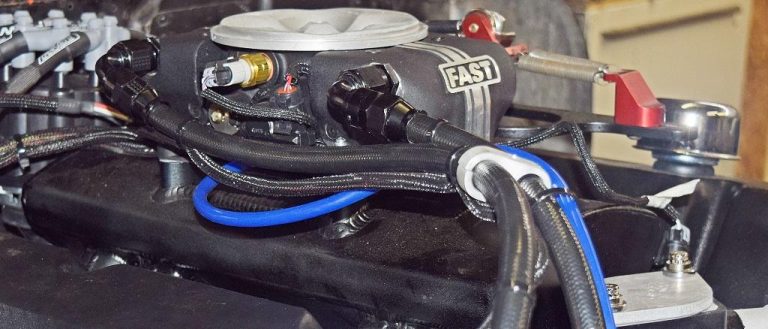In the automotive industry, PTFE tubing has found a niche in demanding environments where conventional rubber or plastic hoses may fail. One such application is in automotive coolant systems, where temperature extremes, chemical exposure, and system pressure demand robust materials.
Why Use PTFE Tubing in Automotive Coolant Systems?
Automotive coolant systems circulate antifreeze and water mixtures through the engine and radiator, effectively managing and stabilizing the engine’s operating temperature. These systems face:
- High heat from engines (especially turbocharged or performance engines)
- Chemical exposure from ethylene glycol or propylene glycol-based coolants
- Pressure fluctuations due to expansion and contraction of coolant
- Long service life expectations
PTFE tubing meets all these challenges, offering significant advantages:
1. Temperature Resistance
PTFE maintains integrity over a wide temperature range (-70°C to +260°C), making it suitable for both cold starts and high-performance engine environments where coolant can reach extreme temperatures.
2. Chemical Compatibility
Coolants often contain various additives, including corrosion inhibitors, antifoaming agents, dyes, biocides, and pH stabilizers to enhance performance. PTFE is inert and resistant to nearly all automotive fluids, ensuring no degradation or leaching over time.
3. Pressure Handling
With braided reinforcement (e.g., stainless steel or aramid fiber), PTFE coolant tubes can handle higher pressures without swelling or bursting, making them ideal for racing or heavy-duty vehicles.
4. Durability & Longevity
Unlike rubber hoses that can crack, harden, or deteriorate, PTFE tubing offers exceptional longevity. It resists oxidation, UV light, and ozone – all common causes of hose failure.
5. Clean Fluid Transfer
PTFE’s non-stick surface prevents deposit build-up inside the tube. This ensures consistent and reliable coolant flow, significantly reducing the risk of engine overheating or blockages.
Applications in Automotive Coolant Systems
PTFE tubing can be used in various sections of the coolant system, such as:
- Engine-to-radiator coolant lines
- Heater core inlet/outlet connections
- Turbocharger cooling loops
- Transmission oil coolers with integrated coolant circuits
- Electric vehicle (EV) battery thermal management systems
In high-performance or racing applications, PTFE convoluted hose is typically used as the coolant lines, which are often paired with stainless steel braiding for added strength and abrasion resistance, and AN fittings for secure, leak-free connections.
Design Considerations
While PTFE offers many advantages, a few considerations must be addressed during system design:
1. Flexibility
Standard PTFE tubing is rigid compared to rubber hoses. Using convoluted PTFE or adding flexible braiding can improve bendability in tight engine compartments.
2. Cost
PTFE tubing, especially with reinforcement, is more expensive than conventional rubber hoses. However, the extended service life often offsets the upfront cost.
3. Connection Interfaces
PTFE tubing requires crimped or threaded fittings to ensure a proper seal. It’s essential to use compatible connectors to avoid leaks and maintain performance.
PTFE vs. Traditional Coolant Hoses
| Feature | PTFE Tubing | Rubber Hoses |
|---|---|---|
| Temperature Resistance | Up to 260°C | ~120–150°C |
| Chemical Resistance | Excellent | Moderate (can degrade over time) |
| Service Life | 10+ years | 3–5 years |
| Flexibility | Moderate to low | High |
| Cost | Higher | Lower |


Comments are closed.